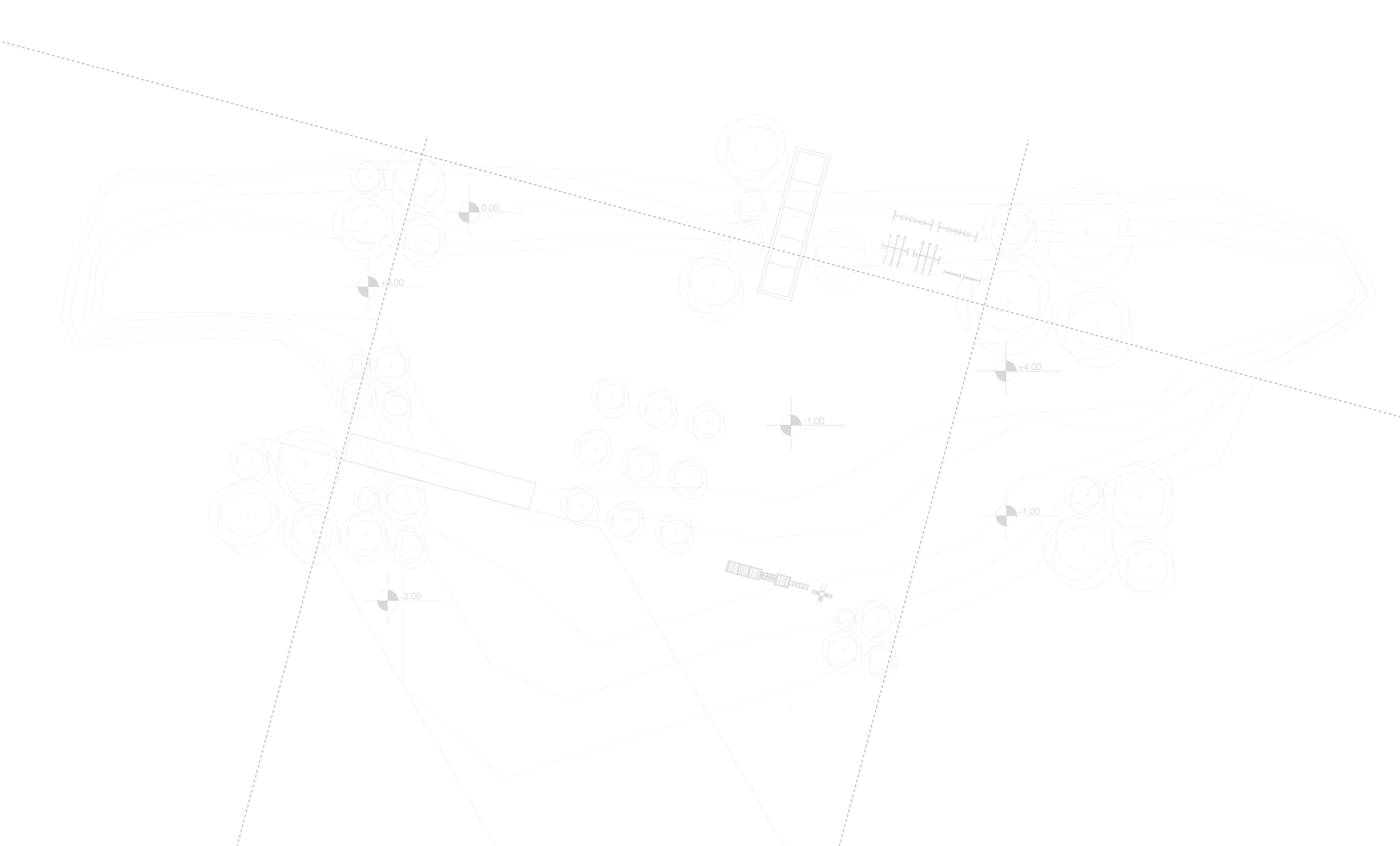How to Choose the Right Trench Drain System for Your Project
- CT Distributors Inc.

- Jan 22
- 4 min read
When it comes to managing surface water and preventing flooding, trench drain systems (also known as channel drains or slot drains) are an essential part of any drainage system. These systems are commonly used in areas with high foot or vehicle traffic, including parking lots, driveways, roads, and commercial spaces. With so many options available, selecting the right trench drain system for your project can be challenging. In this post, we’ll guide you through the key factors to consider when choosing the perfect trench drain for your needs.
1. Understand Your Trench Drain Systems Needs
The first step in choosing the right trench drain is to assess the drainage needs of your space. Consider the following:
Water volume: How much water do you expect the drain to handle? Larger areas with high rainfall may require a larger drain capacity to ensure efficient water flow.
Flow rate: For areas with high traffic or frequent water runoff, you’ll need a trench drain that can handle higher flow rates. Pay attention to the drainage system's flow capacity, often measured in gallons per minute (GPM).
Surface slope: The slope of the surface will affect water flow. Ensure that the drain can handle water moving downhill effectively.
2. Choose the Right Material
Trench drains come in a variety of materials, each offering different benefits depending on the environment. The material you choose will impact durability, load-bearing capacity, and long-term maintenance. Here are the most common materials:
Polymer Concrete: Highly durable and resistant to corrosion, polymer concrete is ideal for high-traffic and heavy-duty applications. It’s perfect for commercial, industrial, and public spaces.
Plastic: Lightweight and affordable, plastic trench drains are often used in residential applications, garden paths, or low-traffic areas. They are easy to install but may not be as durable as other materials for heavy-duty use.
Slot Drain (Galvanized & Stainless Steel): Strong, durable, and resistant to corrosion, galvanized and stainless steel slot drains are perfect for high-traffic areas, food grade, commercial, and industrial applications.
3. Size and Width of the Drain
Trench drains come in various sizes, and the width and depth of the trench will affect both installation and performance. When selecting the size:
Width: The width of the trench drain should align with the expected water flow. A wider drain may be necessary for larger water volumes or areas with high runoff.
Depth: Consider the depth of the trench to accommodate the water flow, as well as the type of surface material you’re working with. For example, roads or parking lots might require deeper drains than those in gardens or patios.
4. Select the Right Grate
The grate is the cover that sits on top of the trench drain, allowing water to flow in while keeping debris out. Choosing the right grate is crucial for functionality, aesthetics, and safety.
Material: Grates come in various materials, including stainless steel, cast iron, plastic, and fiberglass. Select one that matches your trench drain’s material and meets your specific needs.
Load rating: Make sure the grate can withstand the expected load. For high-traffic or vehicular areas, choose a grate with a heavy-duty load rating. Light-duty grates may work well for residential or low-traffic spaces.
Safety and accessibility: If the trench drain is in a pedestrian area, consider using grates with anti-slip features to ensure safety for people walking over them.
5. Consider Aesthetics and Design
While functionality is the primary concern when selecting a trench drain, aesthetics can also play a role, especially for residential or public spaces. Today, trench drains come in various styles and finishes that can blend with the surroundings.
Decorative grates: If the trench drain is visible and part of a landscaped area, consider choosing a decorative grate design to complement your overall design.
Customizable options: Some trench drains allow you to customize the size and style of the grate to fit specific design requirements.
6. Installation and Maintenance
Before making a final decision, it’s important to consider how easy the trench drain will be to install and maintain.
Installation: Look for a trench drain system that offers easy installation. Some systems come with pre-formed trench channels and simple locking grates, while others may require more extensive work.
Maintenance: Choose a trench drain that is easy to clean and maintain over time. Regular cleaning ensures that debris doesn’t accumulate, preventing clogs and improving the system’s lifespan.
7. Budget and Cost
Finally, consider your budget when selecting a trench drain system. While high-quality materials may cost more upfront, they often provide better durability and longer-term value. In contrast, plastic options may be more affordable but may not offer the same level of performance for heavy-duty applications.
Conclusion
Choosing the right trench drain system involves considering the size, material, installation requirements, and the specific drainage needs of your project. Whether you’re working on a residential garden, commercial parking lot, or industrial facility, taking the time to select the right system will ensure long-term performance and effectiveness.
At CT Distributors, we offer a variety of trench drain systems, from polymer concrete and slot drains to custom grates and accessories. Contact us today for expert advice on finding the right drainage solution for your project.
Call to Action:
Need help choosing the perfect trench drain for your project? Reach out to CT Distributors today for a consultation!




Comments